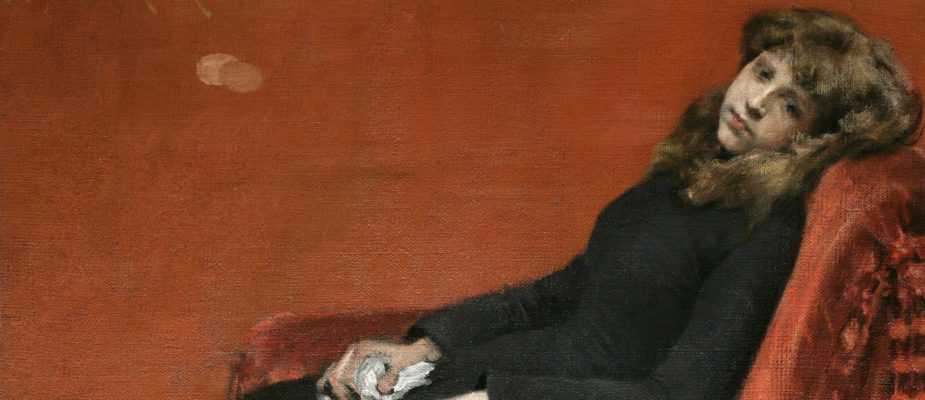Featuring 99 paintings created between 1809 and the present by masters such as Winslow Homer, John Singer Sargent and Andrew Wyeth, “For America: Paintings from the National Academy of Design” opens Nov. 6, 2021 at OKCMOA and runs through Jan. 30, 2022. These masterworks provide a unique history of American art as told by many of the best-known American artists.
“’For America’ provides a fascinating and unprecedented look at the last two centuries of American art as told by the artists who lived it,” said Michael J. Anderson, Ph.D., OKCMOA president and CEO. “The incredible works included in this exhibition offer a rare opportunity to see masterpieces by many of our country’s greatest artists together in one place. I think visitors will enjoy walking through a visual representation of American history and seeing how styles, subjects and perspectives changed throughout the course of our history.”
Founded in New York in 1825 by artists including Samuel F.B. Morse, Asher B. Durand and Thomas Cole, The National Academy of Design is the oldest artist honorary society in the United States. From 1825 to the present, the institution required all Academicians to donate a representative work to the Academy’s collection, and, from 1839 to 1994, the Academy also required associates to present a portrait of themselves, whether painted by their own hand or that of a fellow artist. By presenting artists’ portraits together with their representative works, “For America” offers an opportunity to see how the artists viewed both themselves and their country.
“For America” features work by Frederic Edwin Church, Eastman Johnson, Thomas Eakins, Cecilia Beaux, Isabel Bishop, Charles White, Wayne Thiebaud, Louisa Matthíasdóttir, David Diao, Jaune Quick-to-See Smith and Peter Saul, among others.
“Since the artworks span over 200 years of American history, visitors can witness an evolving United States of America within the included artists and subject matter,” said OKCMOA curator Catherine Shotick. “For example, in the Academy’s early years, members eagerly supported the emergence of America’s first native school of landscape paintings, known as the Hudson River School. Painters Frederic Edwin Church and Albert Bierstadt were celebrated for their vast, romantic, idealized views of American landscapes. Genre painting, with its greater emphasis on the human figure, also flourished, and has stayed a prevalent subject at the Academy to present day.”
“Like the rest of America’s history, it is not always a story of inclusion or diversity,” Shotick continued. “Until 1869, membership for the Academy was drawn exclusively from the New York City area, significantly limiting the scope of artistic representation in the collection for this time. And, it was not until 1910 that Henry Ossawa Tanner was elected as the first African-American associate National Academician, becoming a full Academician in 1927. It took 40 more years until Hughie Lee Smith became the second. Rather than glossing over them, these realities are an integral part of the exhibition’s narrative.”
“For example, Albert Bierstadt’s idealized landscape painting, ‘On the Sweetwater near the Devil’s Gate,’ (1860), featured prominently within the exhibition, is placed in context. It will be accompanied by text written by Academician Jaune Quick-to-See Smith who brings a perspective highlighting the tragic experiences of Indigenous populations during that same period.”
The culminating section of the exhibition, titled “For America” presents paintings by contemporary Academicians whose work addresses recent concerns while also harking back to the storied history of both the institution and this nation.
This exhibition is accompanied by a richly illustrated catalogue which will be on sale in the Museum Store.
“For America: Paintings from the National Academy of Design” is organized by the American Federation of Arts and the National Academy of Design. Support for the national tour is provided by the JFM Foundation, Monique Schoen Warshaw and Steph and Jody La Nasa.
William Merritt Chase
The Young Orphan [or] An Idle Moment [or] Portrait, 1884
Oil on canvas, 44 × 42 in.
National Academy of Design, New York
Courtesy American Federation of Arts










